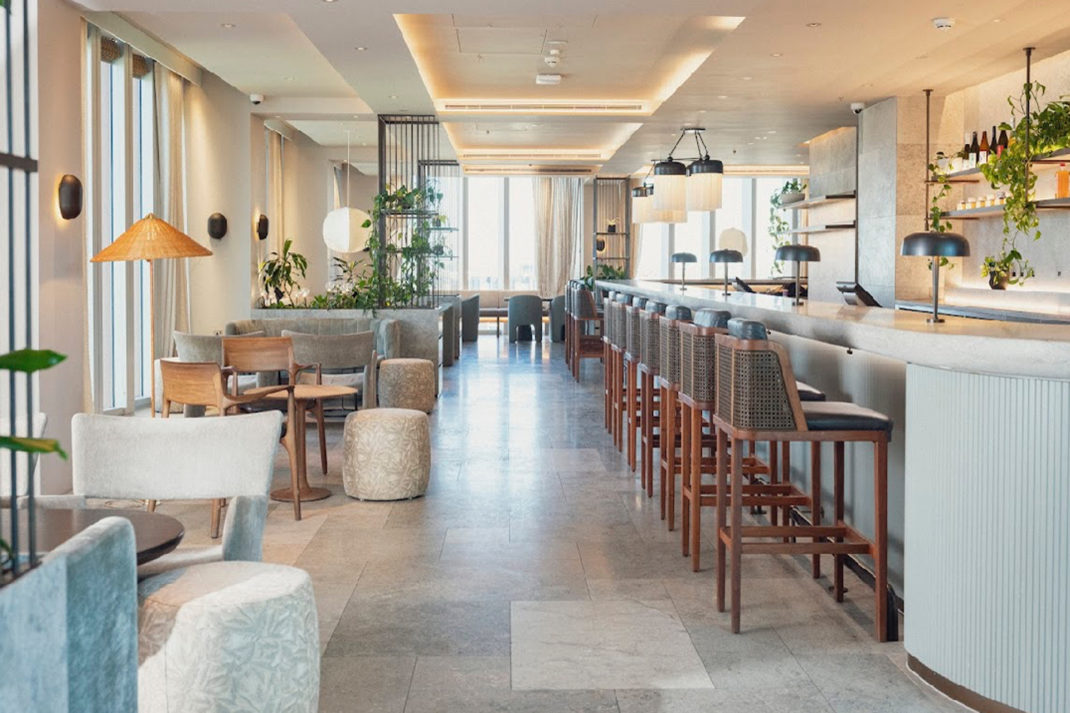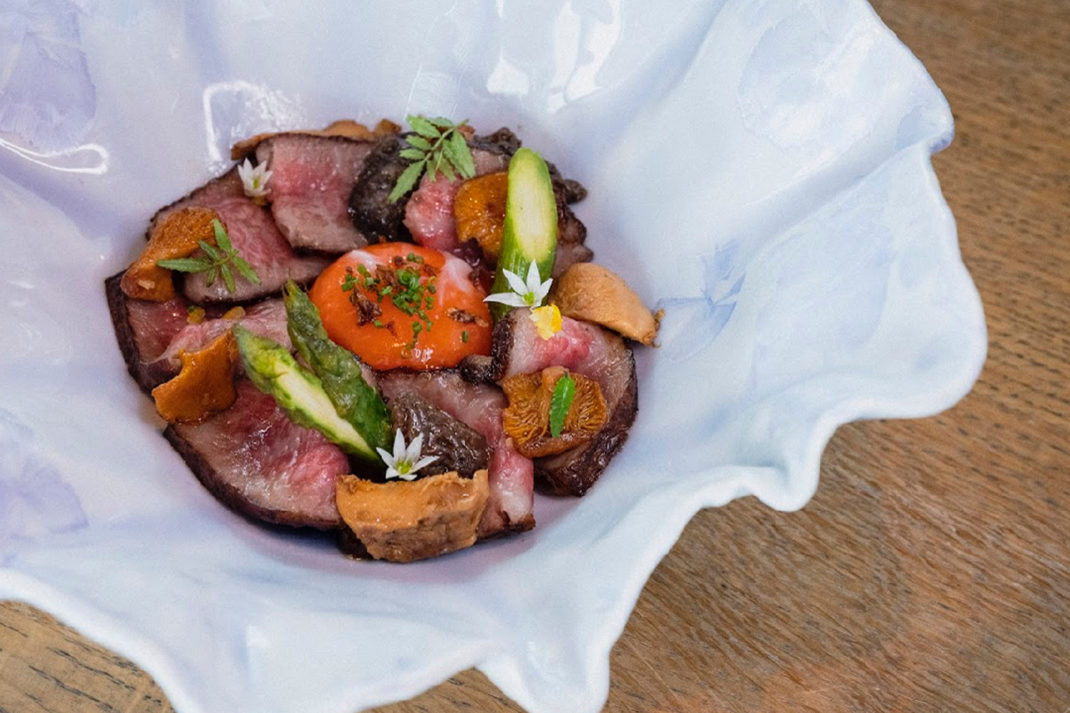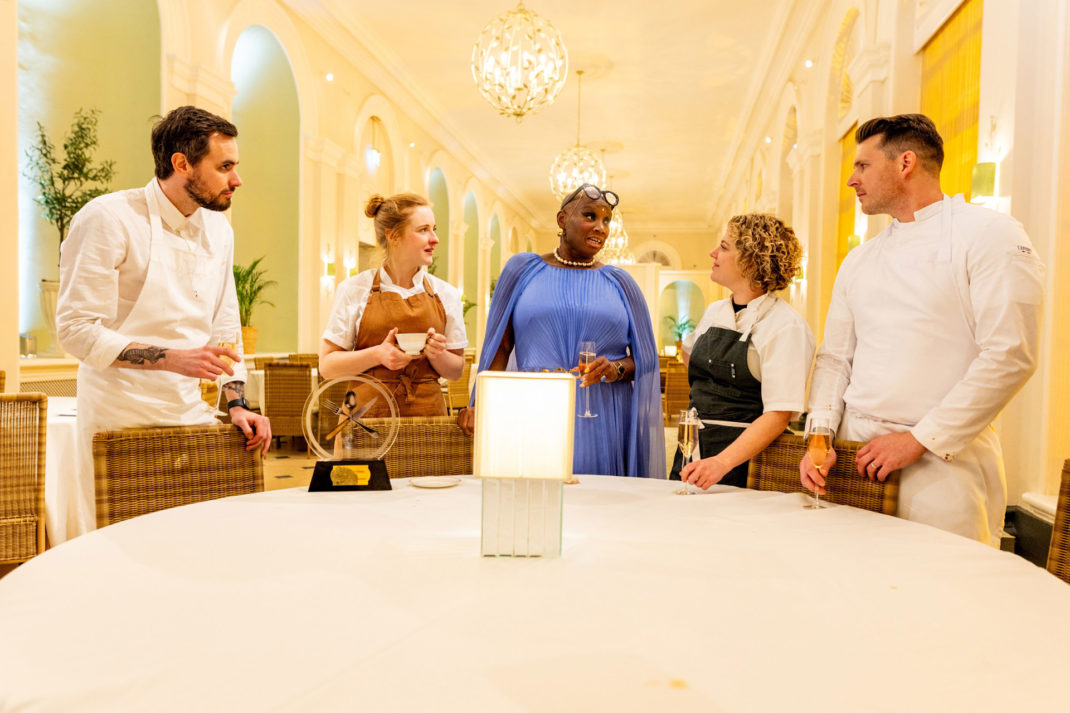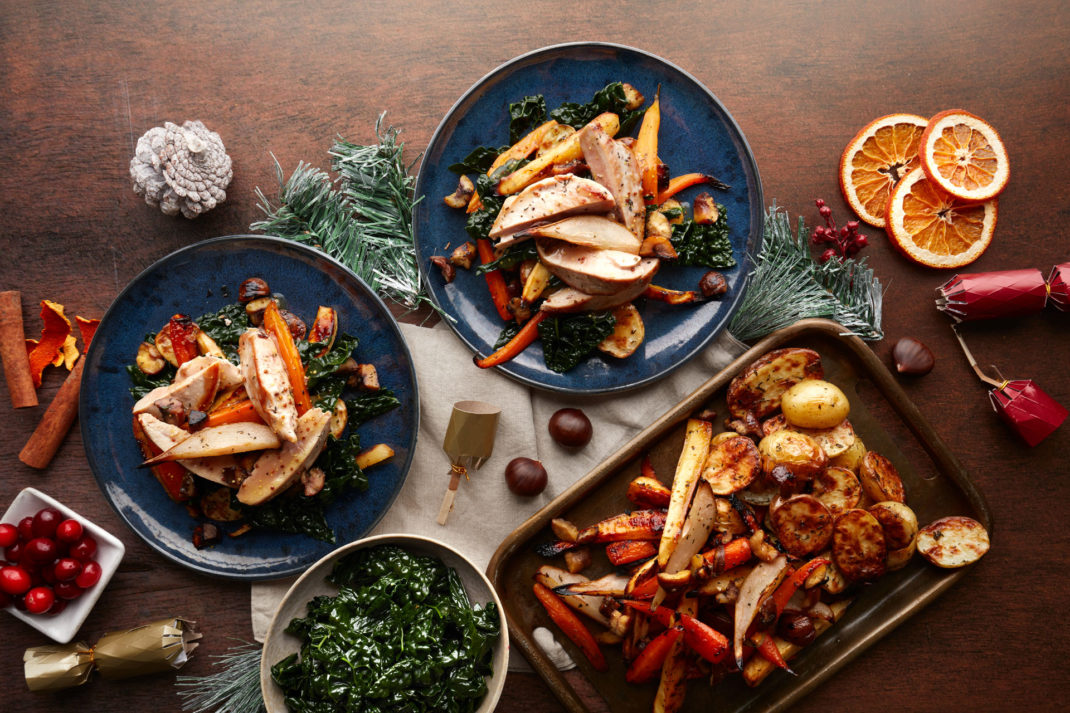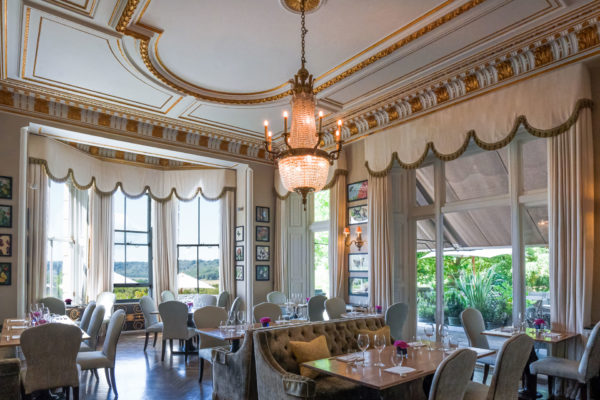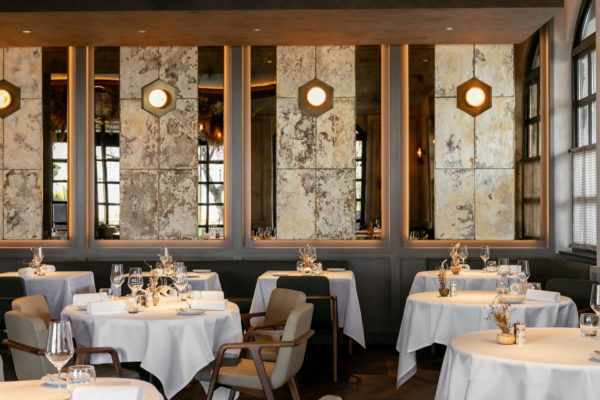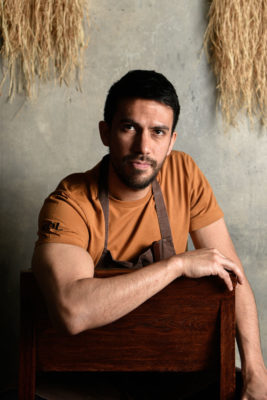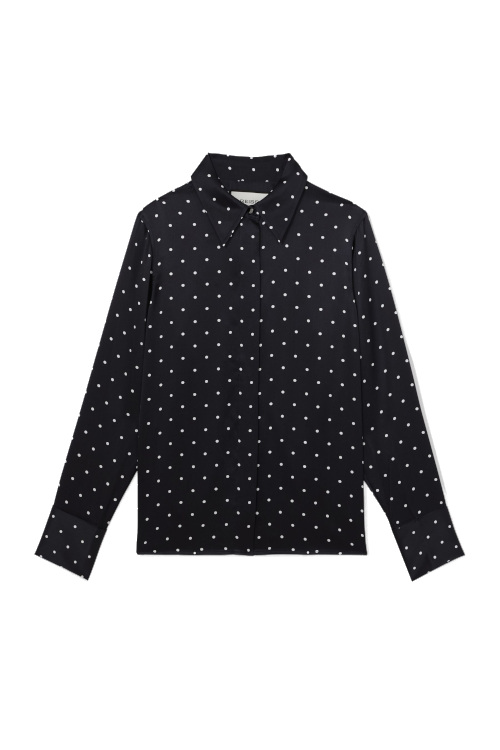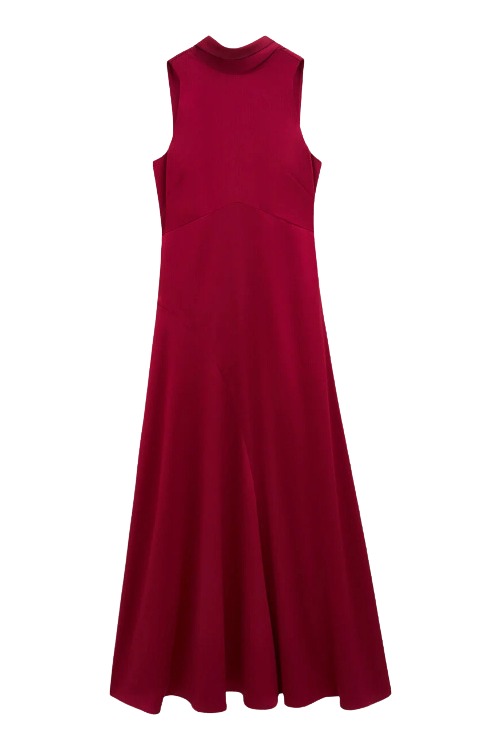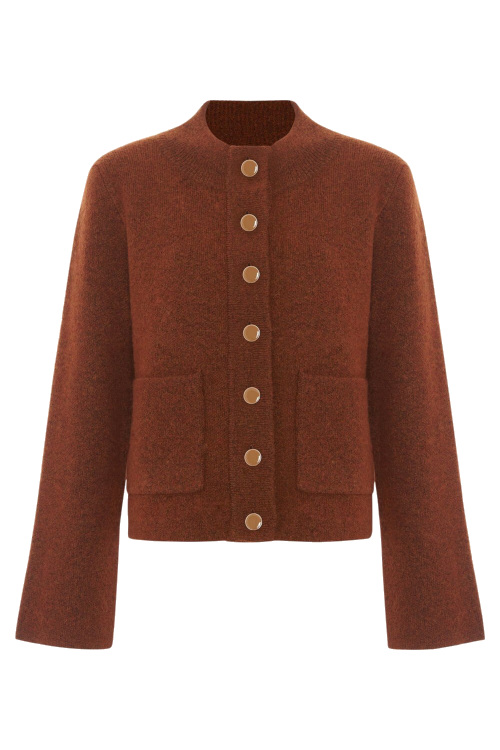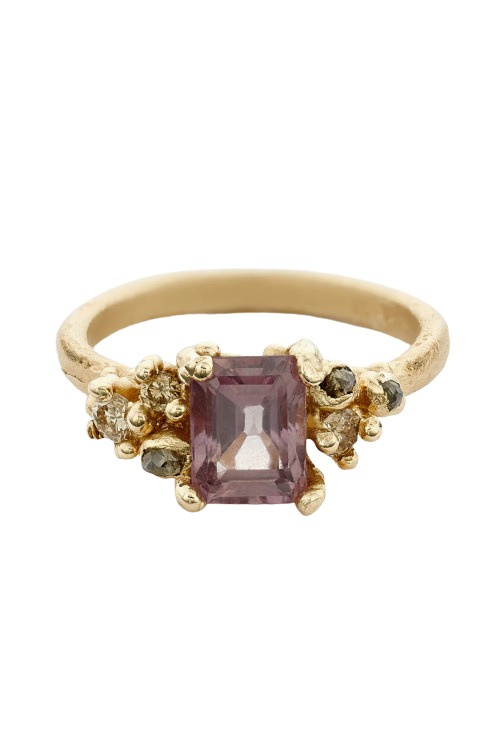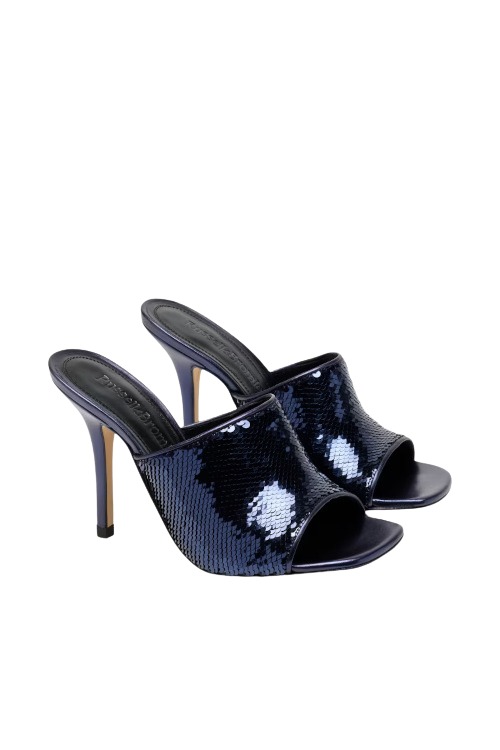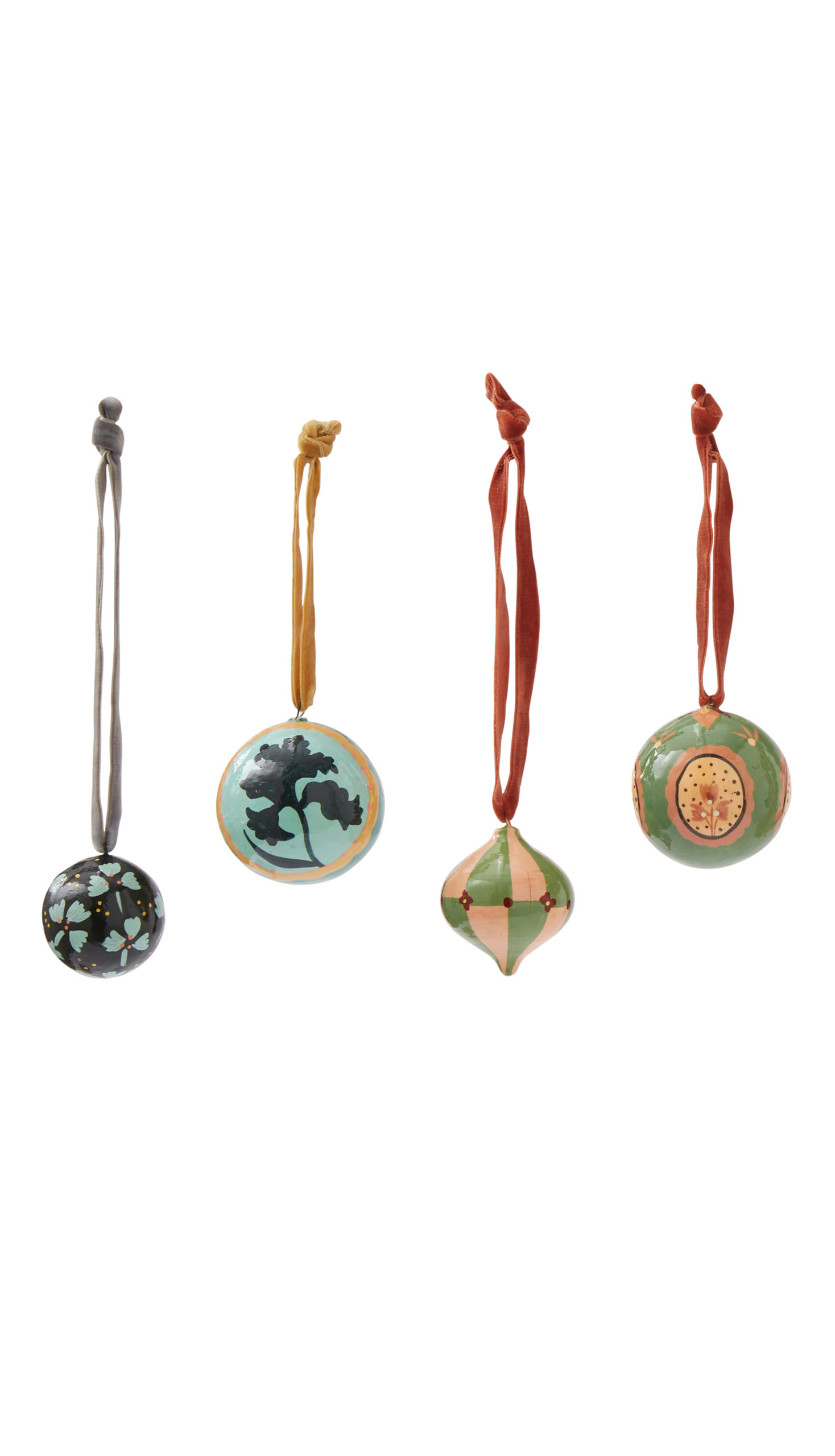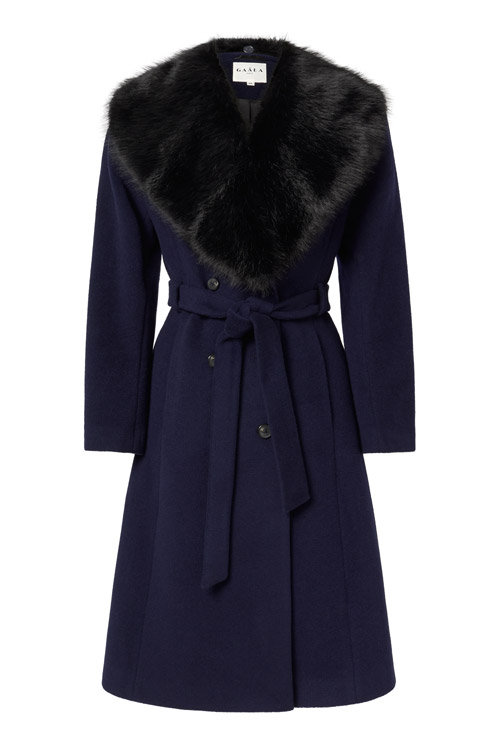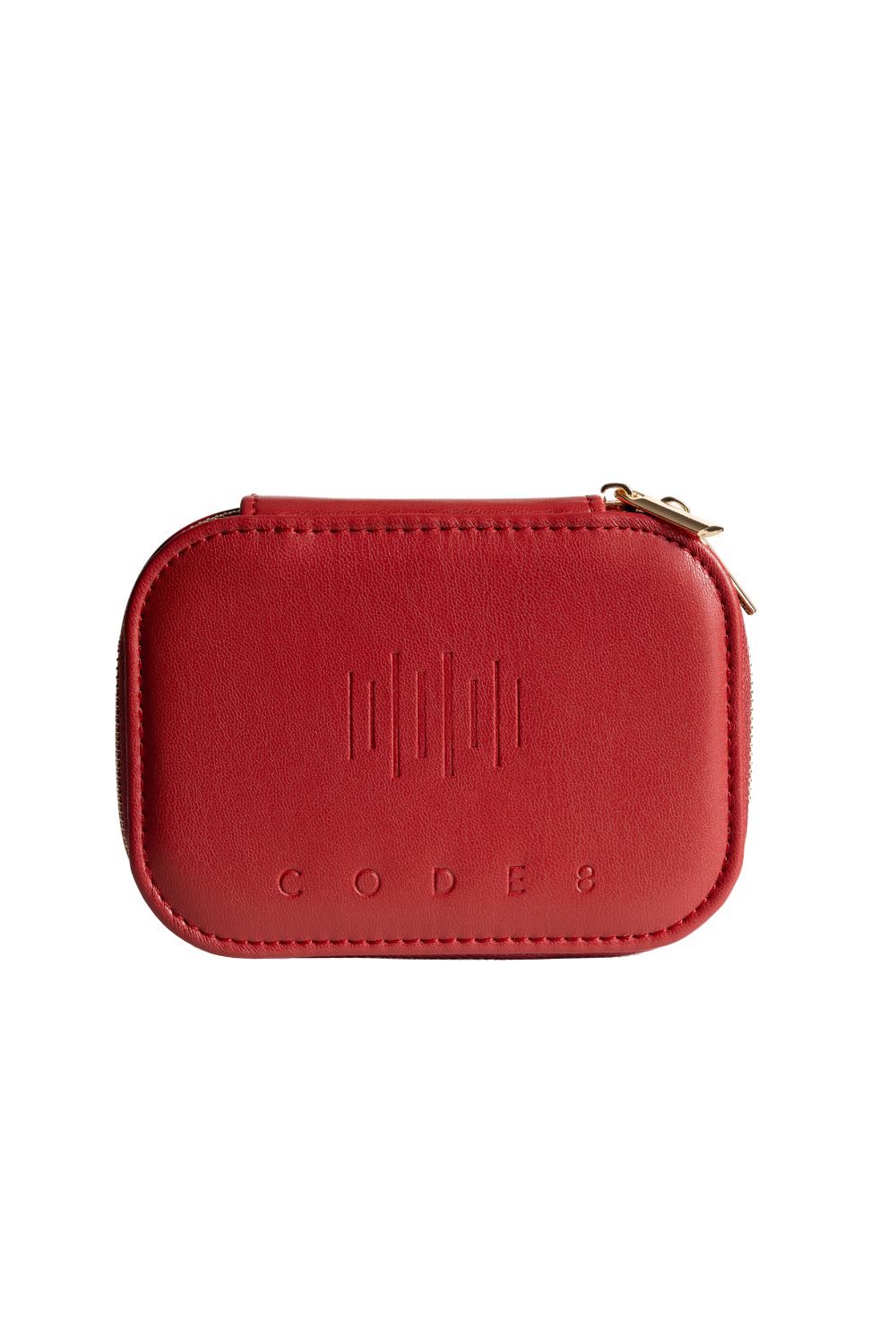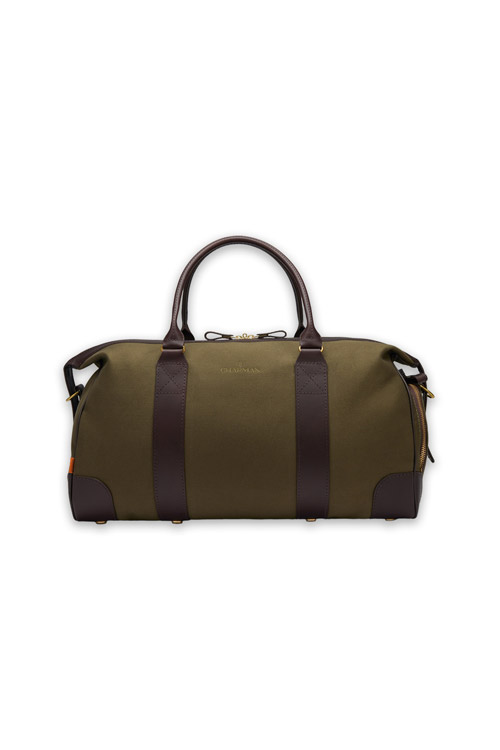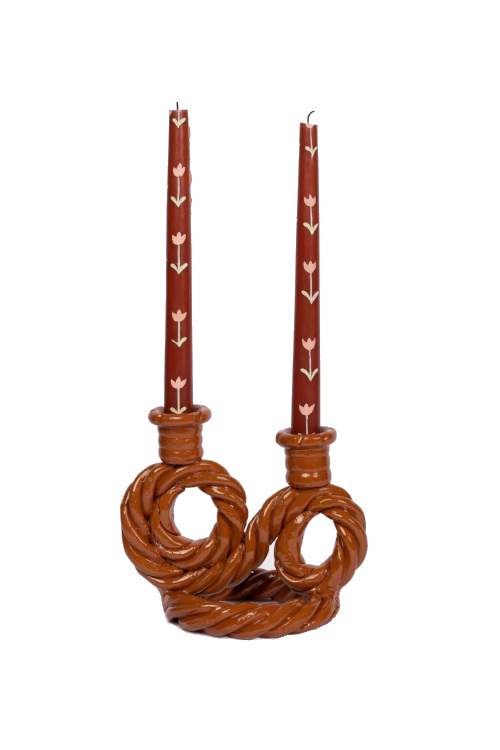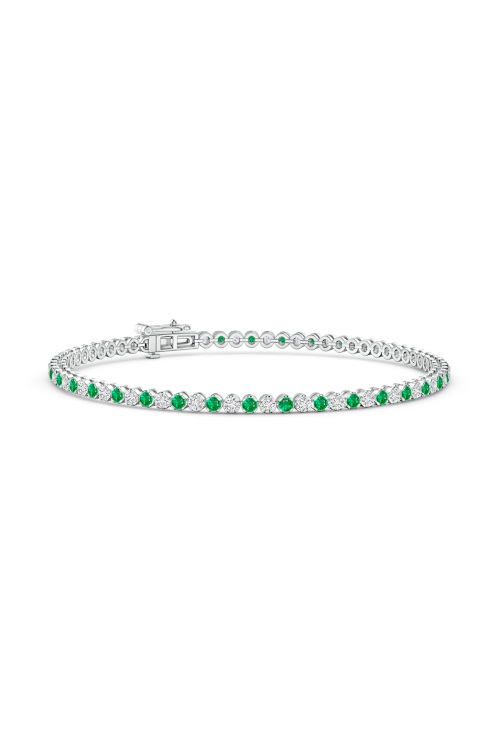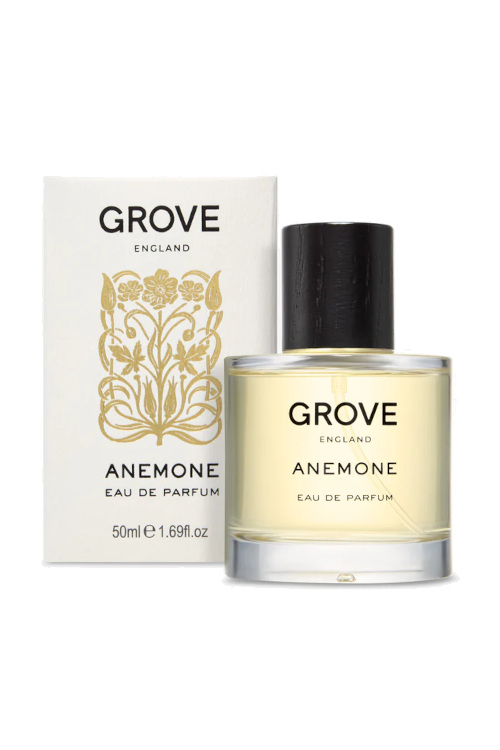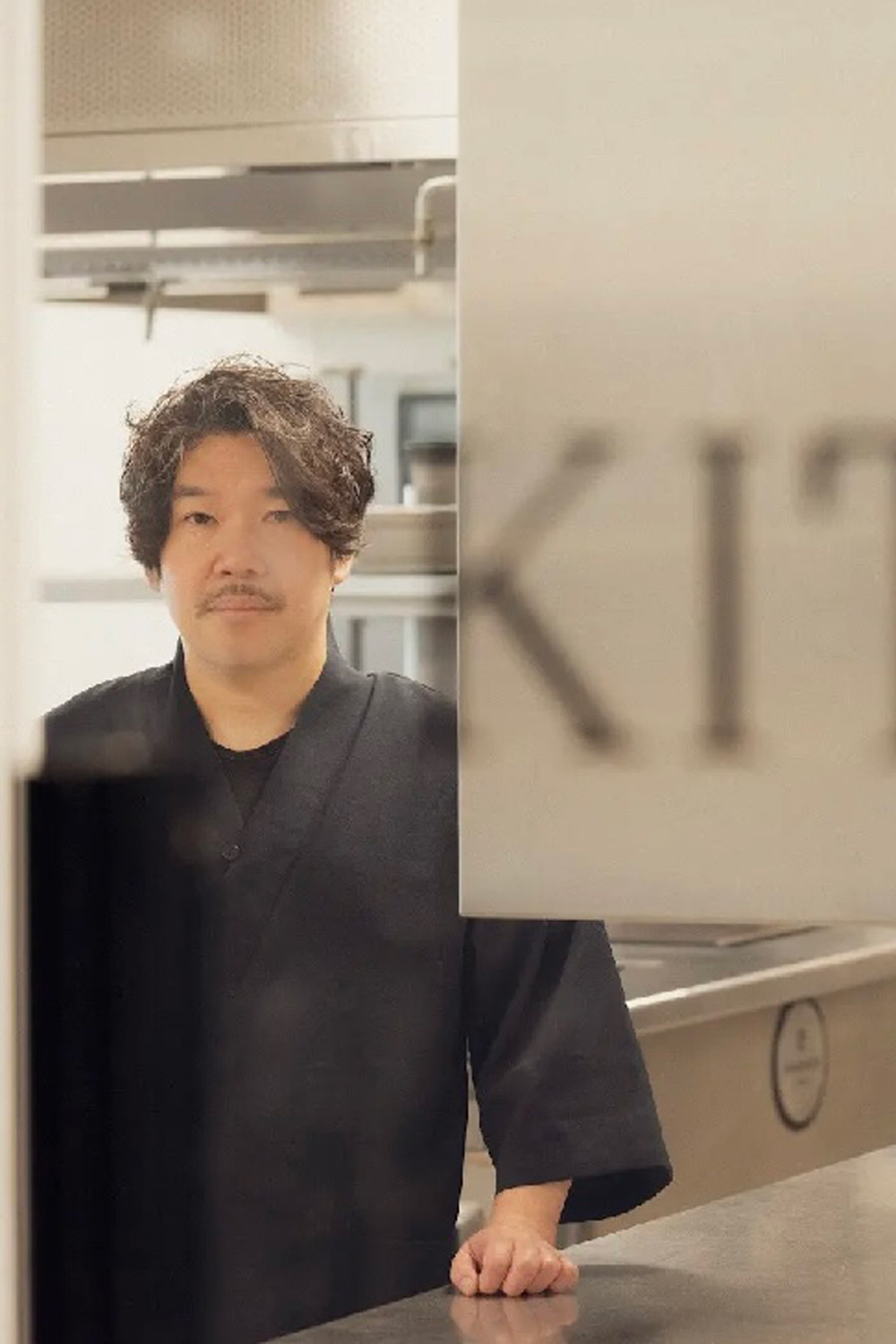
Daisuke Shimoyama On His New Japanese Restaurant Kokin
By
5 months ago
The chef tells us about his wood-fired approach to Japanese cuisine
Gunma-born chef Daisuke Shimoyama has over 20 years of experience in mastering the art of Japanese cooking. He honed his craft at Tokyo’s three-Michelin-starred Nihonryori Ryugin before moving to London to lead the kitchen at Umu, eventually opening his own restaurant, Hannah on the Southbank. Now, he’s back with another venture, Kokin, located within The Stratford hotel and showcasing his signature ingredient-led approach to cooking with a wood-fired, omakase menu. Jenny Jefferies hears more below.
Inside East London’s Kokin With Founder Daisuke Shimoyama
The name Kokin reflects a spirit of timelessness, translating from Japanese as ‘past and present’. How is this concept represented throughout the restaurant?
In traditional Japanese cuisine, wood is rarely used, charcoal is the standard. But I’ve always felt a deep fascination with wood fire, a material passed down through generations with warmth, power, and character. I wanted to explore how fire, specifically wood fire, could bring a new dimension to modern Japanese cooking, offering guests something both primal and refined. At the same time, I’m guided by my roots in Japan and who I am today. I value the ever-changing nature of the present, the ‘now’, and aim to reflect that seasonality and personal evolution in every dish I create.
Do you have a signature dish?
One of our signature dishes is Tuna Kama (the collar of the tuna), slow-roasted over a blend of different hardwoods for three hours. While a convection oven could finish it in just 20 minutes, we chose the long route. That time, smoke and attention draw out a depth and purity of flavour that simply cannot be rushed. It’s a celebration of restraint, patience, and the quiet intensity that only fire can bring.
Tell us about the significance of the architecture and the interiors…
Kokin’s architecture and interiors embody the essence of its name. By combining natural materials like wood, stone, and earth with refined, contemporary design, the space creates a quiet harmony between tradition and modernity. It’s a place where simplicity and sophistication coexist, inviting guests to experience a sense of timeless richness through the atmosphere itself.
How did growing up in the mountains of Gunma inspire your cooking?
Growing up in the mountains of Gunma, I was surrounded by nature from an early age. I was constantly exposed to seasonal ingredients and learned that even the same vegetable could taste entirely different depending on when it was harvested, and that this subtle shift called for a different way of cooking. That sensitivity to timing and respect for seasonality has stayed with me and continues to shape my approach to food today.
Shaped by fire and guided by seasonality, with a deep consideration and respect for each ingredient – why is this fundamental to your cuisine?
I find wood to be a deeply fascinating material. As it burns, the character of the smoke evolves. At the beginning, there’s a subtle acidity to the smoke, which gradually gives way to richer, more rounded aromas, and finally to a near-smokeless stage. You could say the smoke itself seasons the food. Each type of wood brings its own distinct fragrance, and by combining different woods, we can create layered, synergistic effects that add depth and complexity to the dish.
Kokin is the first ever restaurant to allow guests to try temae sushi; wood fire-smoked sushi rice, topped with the finest wild tuna. Tell us more…
This dish was born from the discovery of a unique synergy between the subtle acidity found in wood smoke and the depth of flavour in the red vinegar we use for our sushi rice. By gently smoking the rice over wood fire, we’re able to add layers of aroma and complexity without overwhelming the delicacy of the sushi. Our guests are invited to roll the temae sushi themselves, not only to enjoy it at its absolute freshest, without any time delay, but also to engage with the experience in a playful, personal way. Each piece is composed with subtle variations, offering a slightly different flavour in every bite. The wild tuna we use is sourced from Portugal by Mr. Tanaka, a fisherman I trust deeply for his exceptional eye and commitment to quality. In fact, Kokin is honoured to have exclusive rights to serve his incredible tuna collar (kama), which is a true privilege.
What are the highlights on your menu?
At Kokin, our menu is constantly evolving. For example, we’ve been dry-aging our Miyazaki Wagyu and tuna since the opening, and as their umami deepens, we adapt the way we prepare and present each dish. Even if something looks the same on the plate, the technique behind it may have changed to bring out its best qualities. That’s why the best recommendation is always today’s menu, it reflects our most current thinking, tasting, and refinement.
What wood and charcoal do you use?
We use around five types of wood, including silver birch, cherry, and whisky barrel oak, each selected for its unique aroma and burning characteristics. These are combined with charcoal to control the intensity of the fire, allowing us to distinguish between ingredients that need quick, high-heat cooking and those that benefit from a slower roast. For more delicate ingredients, we increase the charcoal ratio to raise the temperature while softening the smokiness from the wood. In our kitchen, fire isn’t just a tool, it’s a key seasoning in itself.
How do you see your menu evolving over time?
I want to move toward greater simplicity. While every guest comes from a different cultural background, my goal is to create dishes that resonate emotionally, something they’ll remember not just for the taste, but for how it made them feel.
What do you like doing when you’re away from the kitchen?
I love spending time in nature, walking through the mountains or simply being still and feeling the shift of the seasons helps me reset. I also enjoy looking through old cookbooks and studying ceramics, both of which often spark new inspiration. Photography is another passion of mine. I find it fascinating how the camera reveals a different perspective than what we see with our eyes. These quiet moments away from the kitchen help me reconnect with myself and return to cooking with a clearer, more focused mind.
What’s your favourite cookbook and why?
There are several cookbooks I return to often. The works of Chef Yamamoto of Ryugin, Mr. Otomatsu Nishi, and Mr. Koyama of Aoyagi always offer new insights and perspectives. Their depth of technique and philosophy constantly challenge me, helping me reflect on my own approach and recognize areas for growth. These books are a continuing source of inspiration and self-improvement.
What does success mean to you?
For me, success means that the customers, suppliers, staff, and myself, can all genuinely feel happy. Of course, that kind of happiness often requires contrast; challenges and difficult moments are what make the sense of fulfilment and joy truly meaningful.

